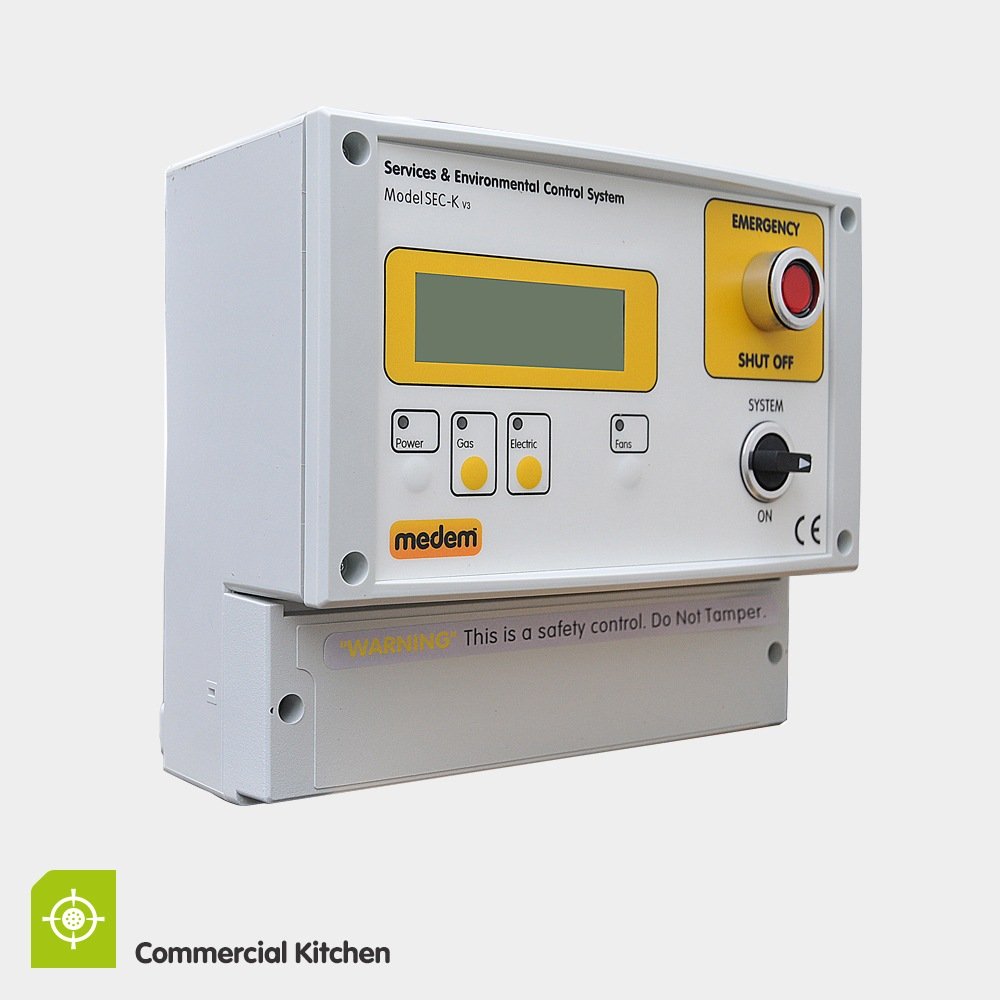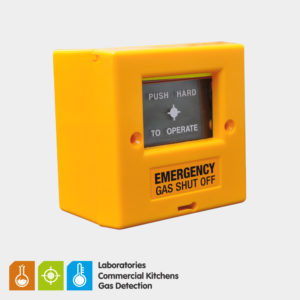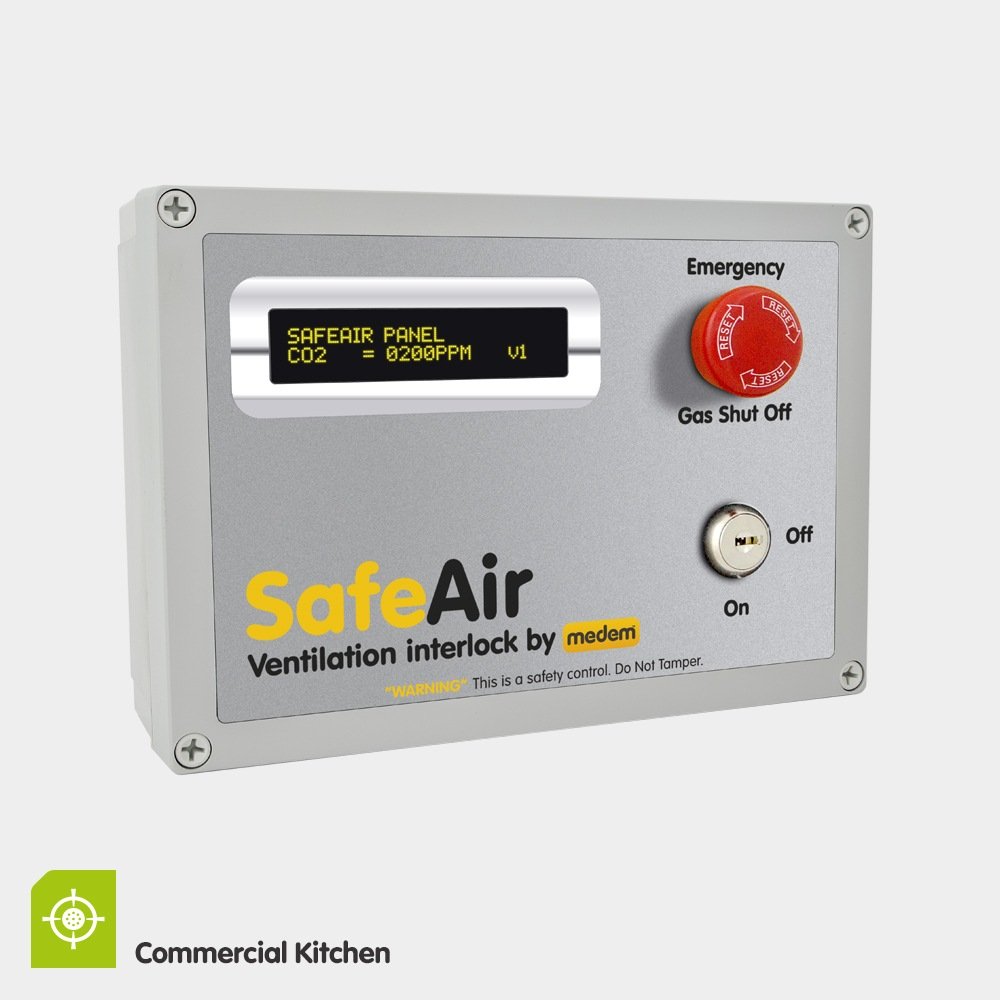The Medem’s CO2 Gas Detectors are addressable gas detectors for use with our systems and we produce a range of gas detectors for use with various control systems in our range.
Currently, they include:
Detector Siting
When considering the placement of fixed-point gas detectors several factors must be taken into consideration including (but not limited to):
- The gas type.
- What the potential source is.
- The shape of the area i.e. roof peaks or sunken areas).
- Obstructions that could lead to ‘dead spaces’.
- Thermal links, remote EM stop buttons and a fire alarm input can all be monitored.
- Airflow – either natural or mechanical.
The underlying point is that the gas must reach the sensor in order for it to be detected, therefore each installation must be considered on its own merits and the information contained here is to be used as guidance only.
Carbon Dioxide
Medem’s CO2 detection is designed to deal with its production either via cooking or biological processes (namely breathing).
CO2 is roughly equal weight and density as air it will therefore naturally diffuse equally within a space. Our CO2 detectors are for the purpose of monitoring the air quality within an area to ensure adequate ventilation is taking place, as such the detectors should be located with the main body of the room within the ‘breathing zone’ (4 to 8 feet) but not in such a place they’d likely be exposed to a potential release point (i.e. someone breathing on it). The alarm levels are dependent on application with different levels being specified for education facilities and for commercial kitchens, these are set within Medem’s control panels and not the detector themselves.
Methane
A colourless gas which is a lighter than air gas and will, therefore, tend to rise when released to the atmosphere. Detector location should be at a high level. Detectors are set to alert at a pre-alarm level of 5% LEL and high-alarm of 10% LEL.
Propane
A colourless gas which is heavier than air gas and will therefore sink and stay at a low level when released to the atmosphere. Detector location should be at lower levels (approx 20 cm to 30cm from the floor). Detectors are set to alert at a pre-alarm level of 5% LEL and high-alarm of 10% LEL.
Carbon Monoxide
A colourless and odourless gas CO is roughly equal weight and density as air it will diffuse equally within a space. That said CO is typically produced as a product of poor combustion and as such can be initially excepted to rise as it will be hotter than the surrounding ambient temperature. Detector location is normally close by (but not immediately next to) the potential source – be that a boiler, ducted vent, etc. Detectors are set to pre-alarm at 80ppm and high-alarm at 100ppm.
Oxygen
Oxygen forms some 21% of our atmosphere. At Medem, we primarily deal with oxygen depletion with a pre-alarm at 19% and high-alarm at 18%.
Although we have produced detectors for oxygen enrichment alarm levels would have to be decided on after discussion of the application.
If you require further information about this product please call us on 0161 233 0600 or email at enquiries@medem.co.uk and we’ll be more than happy to help.







